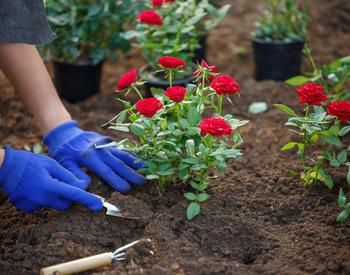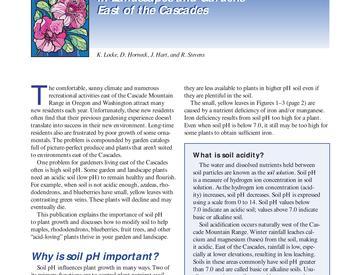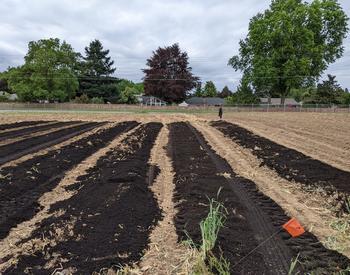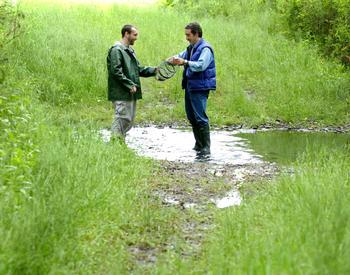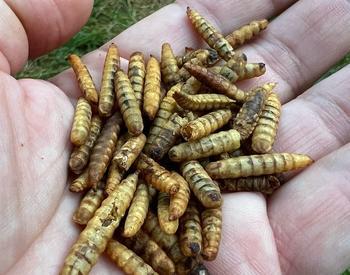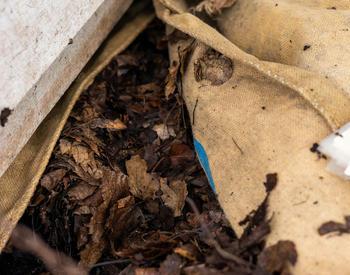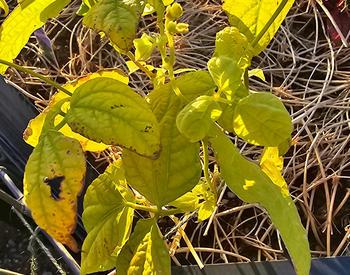I'm working on getting my blueberry patch acidified properly, and I've noticed that the pH keeps drifting upwards (I suspect the buffered municipal water I irrigate with is the cause).
At any rate, I'm looking for recommendations for an inexpensive soil pH test kit, since I won't be using these too frequently. Can pH test strips be used to test soil acidity?
Colorimetric test strips have long been used to gauge soil pH. I suggest purchasing from a local nursery with knowledgeable staff rather than online. Tests purchased from an online vendor might be old and of questionable quality.
Tips for using pH testing strips
- pH strips are likely not quite as accurate as a meter. If you seem to be tracking a trend, such as if the true answer is 5.3 or 5.1, the test is still giving you information you can compare to the last test. I question the validity of any pH test that gives more than 1 decimal place.
- Measure the soil and water very carefully. Follow the package directions exactly. pH is a measure of H+ concentration in solution, so sloppy measurements will give information that's not meaningful.
- Proper storage will extend the life of the strips. The package will have directions about how to store the strips and these should be followed closely.
- Soil pH fluctuates on an annual cycle. Because of this, you can't compare readings from samples in the fall with readings from samples collected in the spring.
- Changing soil pH is a slow process. To change pH, it is recommended to apply sulfur to lower pH or agricultural lime to raise pH. It is encouraged to apply these materials in the fall, to give the chemical reaction more time to work.
Learn more about producing blueberry culture, soil acidification, and soil sampling in the following publications:

